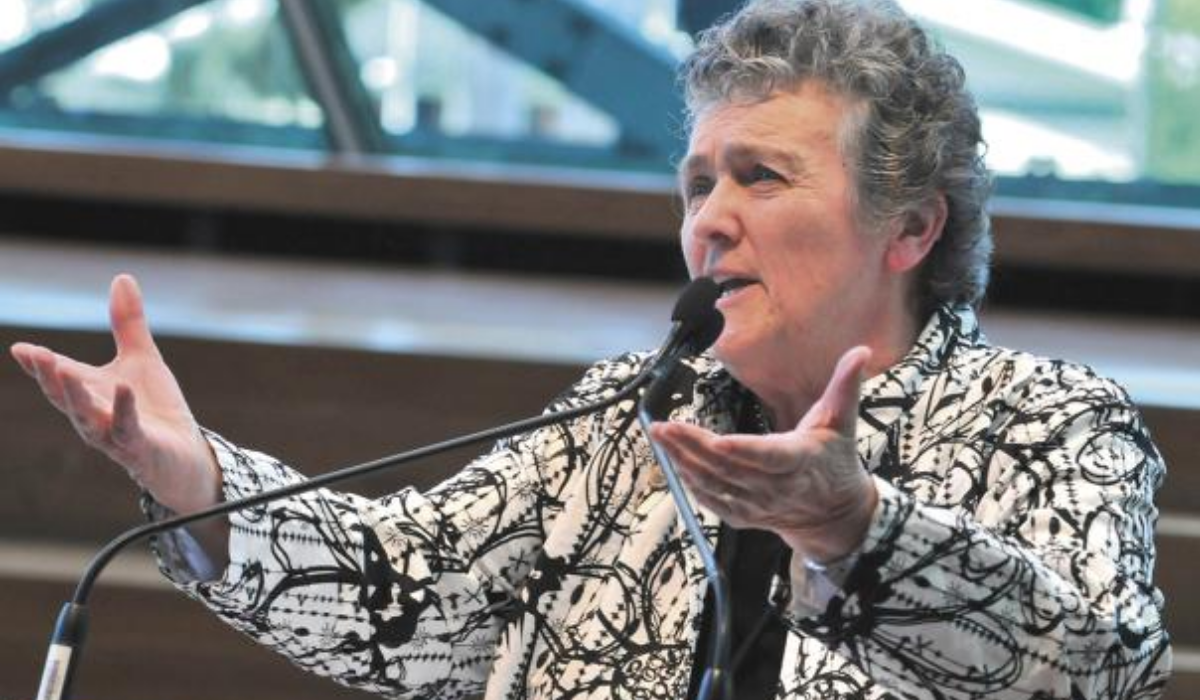The Way of the Cross

Perhaps the most difficult—even spiritually dangerous—dimension of the Stations of the Cross is that lacking a sense or slightest awareness of resurrection, they leave the Christian standing at the edge of the tomb. Numb, lost. Bereft. Without a single thought of what comes next. And all of that despite the fact that Christians are not meant to be the people of the cross; Christians are the people of the empty tomb. “We are alleluia people,” Augustine writes, “and alleluia is our cry.” Perhaps that’s true, theologically so. But it is not the final emotional impression of those whose immersion in the life of Jesus centers around the crucifixion in the Stations of the Cross rather than on the overwhelming impact of the resurrection.
The important element in the development of private devotions, regardless how popular, how universal they might be, is that, as a rule, they come out of particular eras and specific instances. They emphasize one dimension of the faith with great particularity. They impress the believer with one facet of the life of Jesus or the church but fail to present the whole picture.
Veneration of the saints brings to our attention the specific strength each of them, as heroes of the faith, demonstrates in the Christian life.Stanislaus Kostka’s courageous act of Christian generosity, for instance. Or Dominick’s commitment to catechesis and St. Francis of Assissi’s witness to voluntary poverty in a time of growing affluence. The rosary, on the other hand, concentrates on the life of Mary. Adoration of the Blessed Sacrament heightens the place of the Eucharist in the church. They all grow out of periods in which each of these devotions was seen to underscore a specific insight or need of the time. In just that way, the Stations of the Cross in times of war and plague, personal sorrow and public reparation, have centered the Christian community on the sufferings of Christ in a suffering world in need of strength to bear the crosses of the time.
The important thing to remember, however, is that we are not meant to see the crucifixion as an end point. We are not to center the entire spiritual life there. There is nothing Christian about treating the crucifixion as the acme of the spiritual pursuit and the focus of our faith. The focus of our faith is the awareness that the Christ who lives beyond the cross calls us beyond it, as well. It is the resurrection that brings faith to wholeness, to more than the mere acceptance of the dour reality of life here, to what the church to this day calls “this valley of tears.”
We have reason, the resurrection reminds us, to believe in the ultimate blessedness of life even in the midst of its natural sufferings.
Our life, too, the resurrection says, does not end here.
The call of the resurrection is to hope. To know that there is life beyond this life. To know that what we know of blessing here is only a fraction of the life to come.
Beyond our own resurrections into the stream of life to come is a cosmic world that is pulsating with life in its every dimension. What is here, as we know life now—whatever the questions, the challenges, the demands along the way—has been good. We have grown and achieved and enjoyed and loved and been loved in return. What will come in the Mystery of Time, we see in the quiet face of Jesus, will be even richer, calmer, more fundamentally enlivening than life as we know it now.
In the placid face of Jesus we see the foundational serenity of the universe, the presence of another life that will make this one, eventually and eternally, fulfilled. We see, too, the marks on his hands that attest to what it takes to come to the whole of life within us: the willingness to grapple with evil, the strength to give ourselves over to love that is not lust, the determination to make our own lives worthwhile for others, and, finally, the courage to refuse to give in to the forces of spiritual slavery around us.
The resurrection, the inner call to the Eternal More, to the sense of undying life within us, is the magnet that keeps us moving through life, in quest of its mystery, in certainty of its truth. Alleluia.
This essay was featured in the April 4, 2021 edition of The Sunday Paper. The Sunday Paper publishes News and Views that Rise Above the Noise and Inspires Hearts and Minds. To get The Sunday Paper delivered to your inbox each Sunday morning for free, click here to subscribe.


